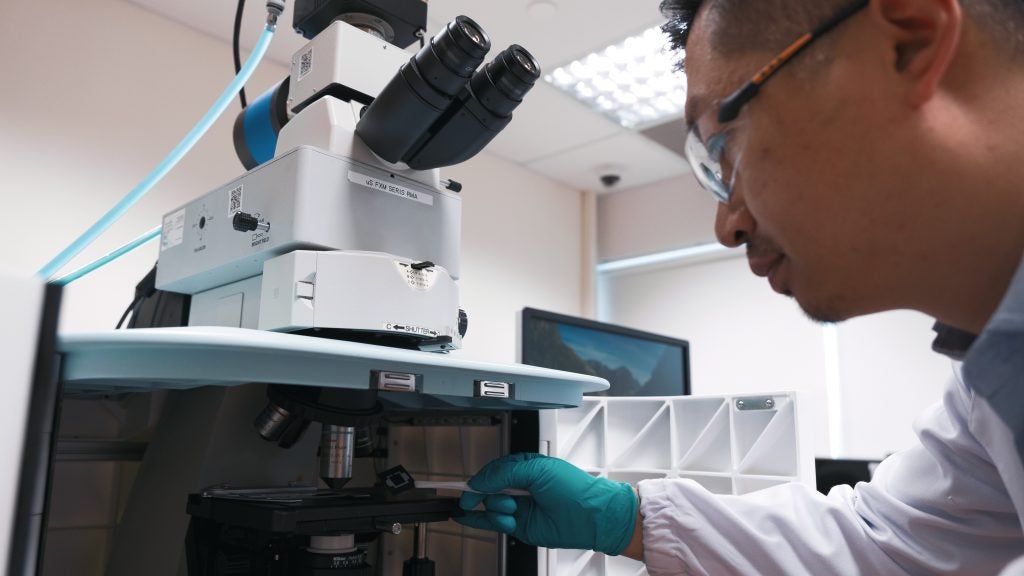
In what could mark a significant advancement in green energy, researchers at CDE have developed a novel technology that converts ambient radio frequency (RF) signals, such as those from Wi-Fi and Bluetooth, into direct current (DC) power.
The research team, led by Professor Yang Hyunsoo (Electrical and Computer Engineering) say the technology could one day be used to power small electronic devices without the need for batteries.
Their findings were recently published in the journal Nature Electronics.
“The boom in wireless technologies such as Bluetooth, Wi-Fi and 5G means our environment is saturated with wireless signals that represent a significant and useful source of energy,” said Prof Yang. “Our team has devised a method to tap into these ambient RF signals and convert them into usable electricity which could power sensors and other small devices, significantly reducing reliance on batteries and their environmental footprint.”
Harvesting energy from weak RF signals has previously posed considerable challenges. For example, existing technologies often fail to operate efficiently at low power levels or require large, impractical components.

In collaboration with researchers from Tohoku University in Japan and the University of Messina in Italy, Prof Yang’s team developed a compact and highly efficient rectifier technology. This nanoscale device converts weak RF signals into DC voltage, sufficient to power a commercial temperature sensor.
"Our technology utilises nanoscale spin-rectifiers to convert low-power RF signals into DC voltage,” said Prof Yang. “Unlike traditional rectifiers, which require larger components to improve efficiency, our spin-rectifiers are compact and sensitive, making them ideal for integration into small devices."
In their published paper, the team reported on the development of two configurations of the spin-rectifiers: a single unit for low-power operation and an array of 10 units for enhanced efficiency. The latter array successfully powered a temperature sensor at low signal strengths, demonstrating the technology's potential.
The breakthrough could pave the way for a future where devices can operate without batteries, reducing electronic waste and the need for frequent battery replacements. This could be especially impactful for work in remote areas and in biomedical applications, the researchers said.
Dr Raghav Sharma, the first author of the paper and a research fellow from Electrical and Computer Engineering, said: "Our technology surpasses current rectifiers in efficiency and sensitivity at low power levels, establishing a new standard for RF energy harvesting."
Moving forward, the research team plans to further refine this technology by integrating it with on-chip antennas to improve efficiency and compactness. They hope to collaborate with industry and academic partners to advance self-sustained smart systems, potentially revolutionising wireless charging and signal detection.
For more technical information, click here to read the NUS News release.





